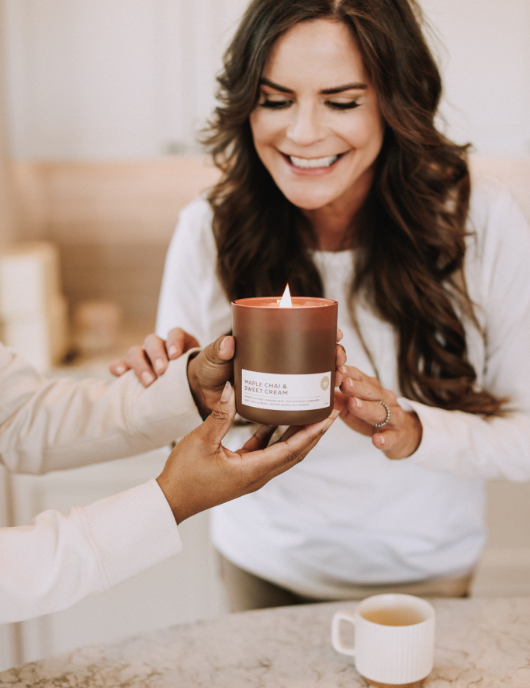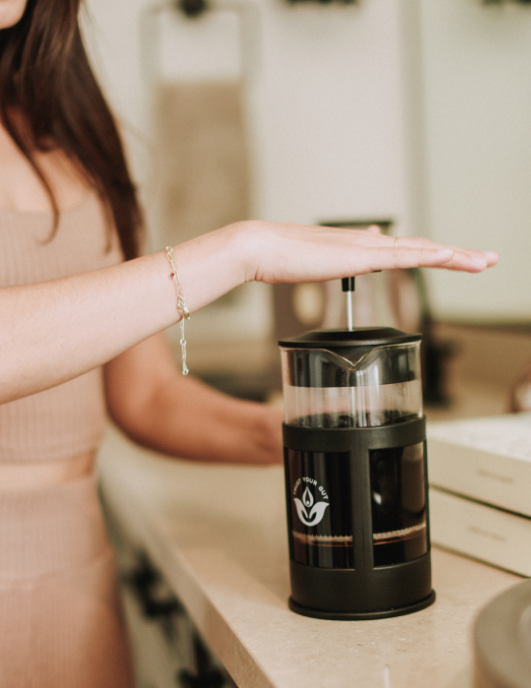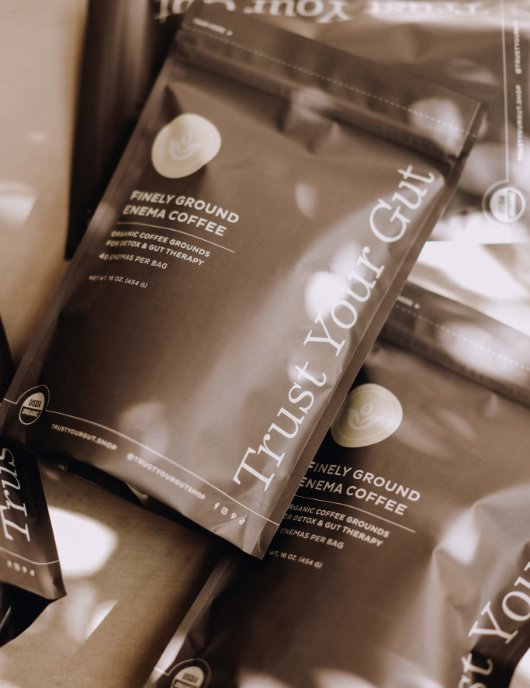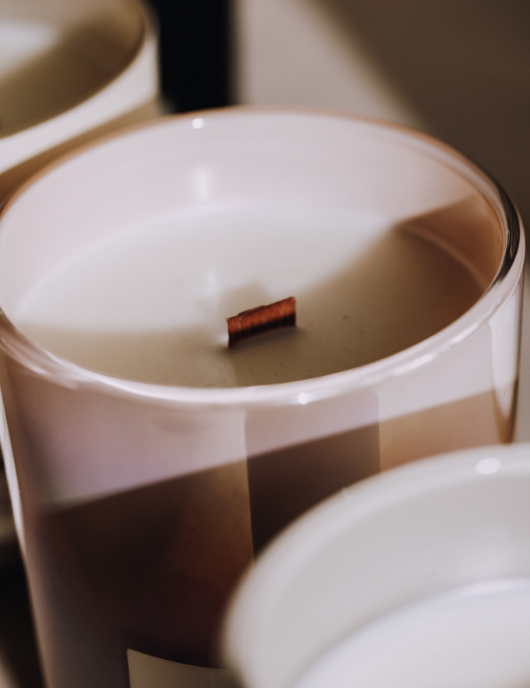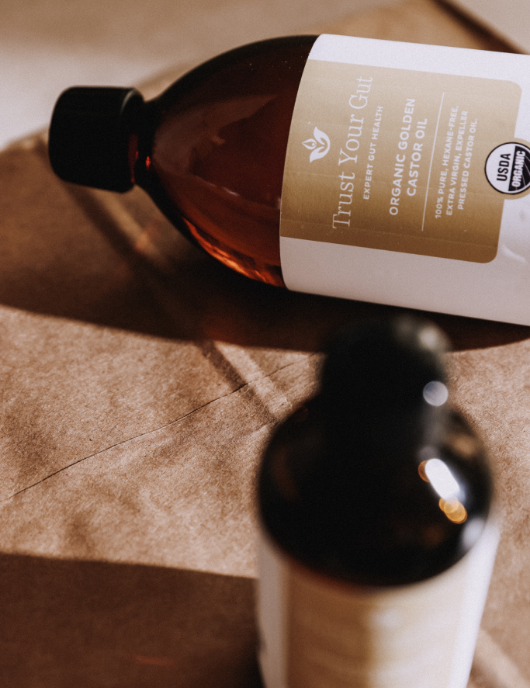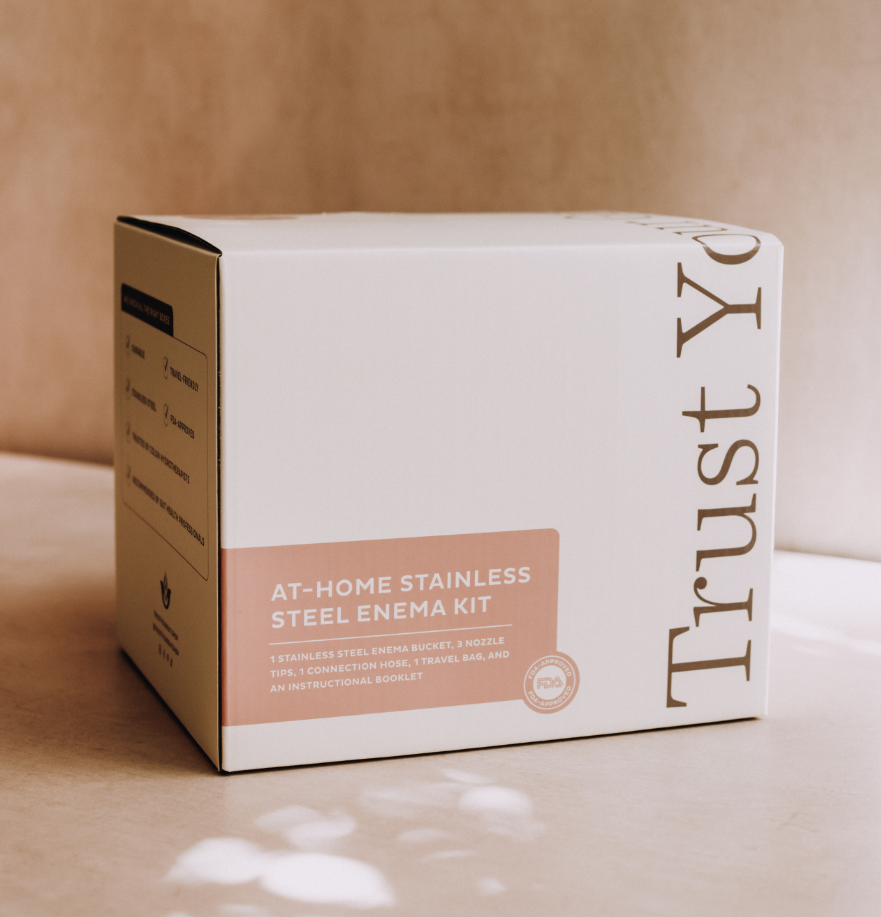Your daily bathroom visit is actually your body's most honest health report card—if you know how to read it! This comprehensive guide breaks down everything you need to know about your poop, from the Bristol Stool Chart basics to understanding what different colors, textures, and frequencies really mean for your gut health! Learn to decode your body's messages, identify red flags, and discover practical solutions for achieving those perfect, healthy bowel movements. Because everyone poops, but not everyone poops well.
Time to talk sh*t, literally.
Let's be real—your poop is sending you messages every single day, but are you listening? That morning deposit is actually one of the best indicators of your overall gut health, and ignoring it is like throwing away your daily health report card.
Welcome to TYG Poop University, where we're about to get really comfortable with the uncomfortable. By the end of this blog, you'll be able to decode your BM with the confidence of a gastroenterologist (okay, maybe not quite, but close).

Why Your Poop Matters More Than You Think
Your digestive system is like a sophisticated processing plant. What comes out the other end tells you everything about how well that plant is operating. Your stool can reveal:
- How efficiently you're digesting and absorbing nutrients
- Whether you have food sensitivities or allergies
- If harmful bacteria or parasites have moved in
- The health of your gut microbiome
- Early warning signs of serious health issues
- Whether you're properly hydrated
- If your liver and gallbladder are functioning well
The Bristol Stool Chart: Your Poop Personality Test

Think of the Bristol Stool Chart as the Myers-Briggs for your bowel movements. Here's what each type means:
Type 1: The Hard Nuggets
What it looks like: Separate hard lumps, like nuts
What it means: You're severely constipated. Your stool is spending way too much time in your colon, and all the water is being sucked out.
Common causes: Dehydration, lack of fiber, medications, or ignoring the urge to go
Quick fix: Increase water intake, add magnesium-rich foods, and consider a TYG At-Home Enema Kit and Castor Oil Pack for gentle relief
Type 2: The Lumpy Sausage
What it looks like: Sausage-shaped but lumpy
What it means: You're still constipated, just not as severely as Type 1
Common causes: Similar to Type 1 but less extreme
Quick fix: More water, more movement, herbal digestive tea, more fiber (gradually!)
Type 3: The Cracked Sausage
What it looks like: Like a sausage but with cracks on the surface
What it means: This is normal, but you could use a bit more hydration
Common causes: Slight dehydration
Quick fix: Add an extra glass or two of water daily
Type 4: The Perfect Poop
What it looks like: Like a smooth, soft sausage or snake
What it means: Congratulations! Your digestive system is working beautifully
What to do: Keep doing what you're doing!
Type 5: The Soft Blobs
What it looks like: Soft blobs with clear-cut edges
What it means: Lacking fiber or moving a bit too quickly through your system
Common causes: Low fiber diet, mild food sensitivities
Quick fix: Gradually increase soluble fiber
Type 6: The Mushy Mess
What it looks like: Fluffy pieces with ragged edges, mushy
What it means: Mild diarrhea, your gut is irritated
Common causes: Food sensitivities, stress, infections, too much coffee (the drinking kind)
Quick fix: BRAT diet (bananas, rice, applesauce, toast) and investigate triggers
Type 7: The Liquid
What it looks like: Entirely liquid, no solid pieces
What it means: Diarrhea - your body is trying to flush something out FAST
Common causes: Infections, food poisoning, severe food reactions, parasites
Quick fix: Hydrate, rest, and if it persists beyond 48 hours, seek medical help
Beyond the Bristol: Other Things to Look For

The Color Spectrum
Brown (all shades): Normal! The color comes from bile and bilirubin.
Green: Usually from eating lots of leafy greens or food moving too quickly through your system. Can also happen with certain supplements.
Yellow: Often indicates excess fat in your stool. Could mean issues with fat absorption, liver, or gallbladder problems.
Black: Could be from iron supplements, bismuth (Pepto-Bismol), or black foods. If none of these apply, could indicate bleeding in the upper GI tract—see a doctor.
Red: Could be from beets, red foods, or bleeding in the lower GI tract. If you haven't eaten red foods, consult a healthcare provider.
White/Clay-colored: May indicate a bile duct obstruction. See a doctor promptly.
The Sinkers vs. Floaters Debate
Sinkers: Generally normal. Indicates good fiber intake and proper digestion.
Floaters: Usually means excess gas or fat in your stool. Occasional floaters are normal, but consistent floaters might indicate malabsorption issues.
The Smell Factor
Yes, poop smells. But it shouldn't clear the room. Exceptionally foul-smelling stools can indicate:
- Malabsorption
- Celiac disease
- Chronic pancreatitis
- Infection
- High protein diet
Your Poop Schedule: What's Normal?
"Normal" ranges from three times a day to three times a week. What matters more is consistency (pun intended). If you usually go daily and suddenly skip three days, that's worth noting!
Red Flags: When to See a Doctor
- Blood in stool (bright red or black/tarry)
- Unexplained weight loss
- Persistent change in bowel habits lasting over 2 weeks
- Severe abdominal pain
- Thin, pencil-like stools
- Chronic diarrhea or constipation not responding to lifestyle changes
The Trust Your Gut Protocol for Perfect Poops

Morning Hydration: Start with warm lemon water or TYG herbal digestive tea to stimulate your digestive system
Coffee Support: Consider an At-Home Coffee Enema to help establish regular, healthy bowel movements and detox the liver
Liver Love: Support bile production with our Liver Refresh Tea
Parasite Prevention: The Cellcore Parakit can address unwanted guests affecting your digestion (only after detox/drainage pathways have been open)
Inflammation Reduction: Regular Castor Oil Packs reduce gut inflammation
Stress Management: Remember, your gut has more neurons than your spinal cord!
Enema Kits
Castor Oil
Your 7-Day Poop Improvement Challenge
Day 1: Start a poop journal (yes, really)
Day 2: Increase water intake by 32 ounces
Day 3: Add a morning gut-supporting ritual (warm lemon water or herbal tea)
Day 4: Try a Castor Oil Pack before bed
Day 5: Introduce fermented foods
Day 6: Attempt your first Coffee Enema if you're comforting and want to experience the benefits!
Day 7: Reflect on changes and establish your new routine
The Bottom Line (Pun Intended)
Your poop is trying to tell you something. Are you listening? Healthy digestion is the foundation of overall wellness, and it all starts with paying attention to what ends up in the bowl.
Remember: Everyone poops, but not everyone poops well. With the right knowledge and tools, you can transform your bathroom visits from dreaded ordeals to daily health check-ins.

